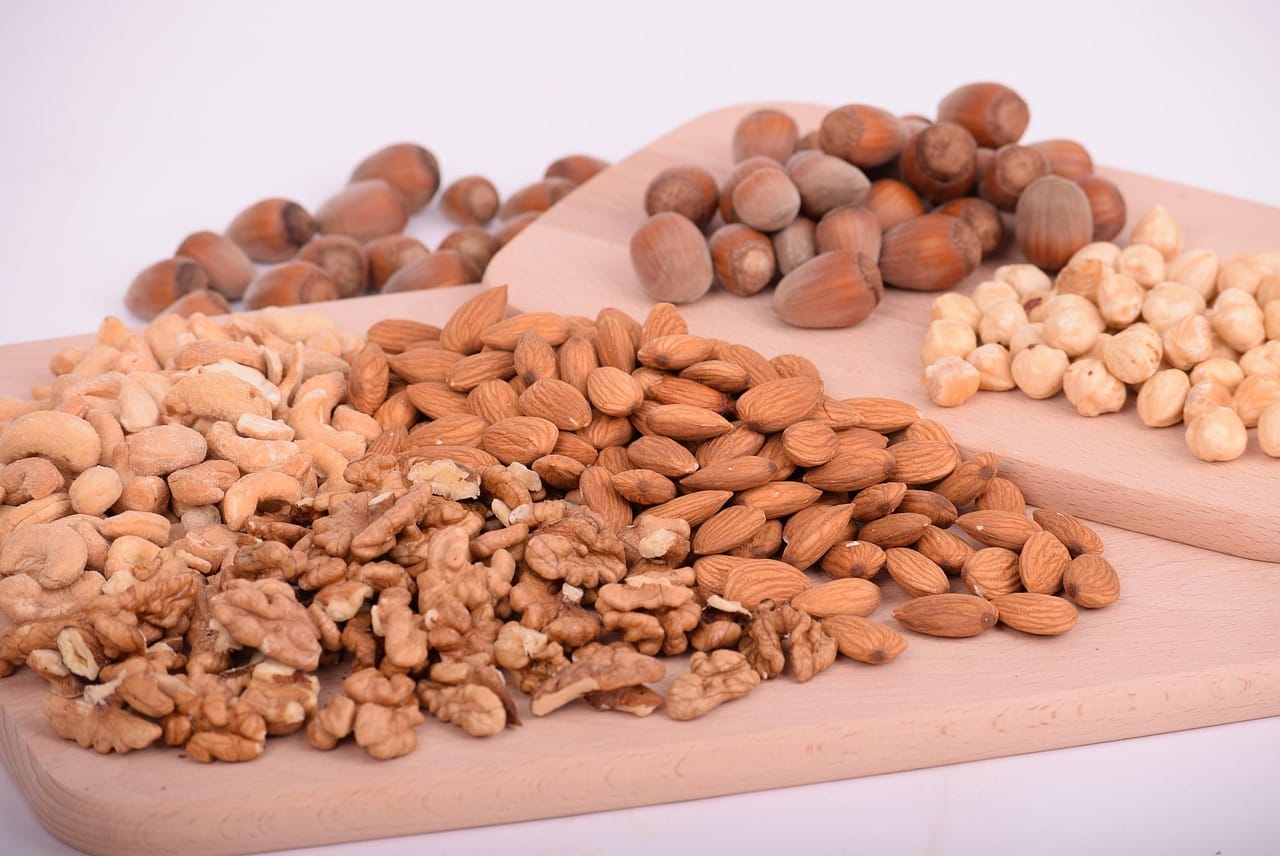Whether you’re vegan, vegetarian, or just trying to cut back on meat, incorporating plant-based proteins into your diet is a smart and healthy move. Plant proteins offer essential nutrients, fiber, and antioxidants — all without the saturated fats often found in animal products.
Here’s a roundup of the best plant-based protein sources to keep your body strong and your meals delicious.
Lentils
Lentils are protein-packed powerhouses with around 18 grams of protein per cooked cup. They’re also rich in fiber, iron, and folate — great for heart and gut health.
How to use:
Add them to soups, curries, salads, or make lentil burgers.
Chickpeas (Garbanzo Beans)
Chickpeas provide about 15 grams of protein per cup and are incredibly versatile. They’re also a good source of complex carbs and fiber.
How to use:
Blend into hummus, toss into salads, or roast for a crunchy snack.
Quinoa
Quinoa is a complete protein, meaning it contains all nine essential amino acids — rare for plant foods. One cup offers about 8 grams of protein.
How to use:
Serve as a side dish, in grain bowls, or as a base for salads.
Tofu
Made from soybeans, tofu has around 10 grams of protein per 1/2 cup. It’s incredibly adaptable — it takes on the flavor of whatever it’s cooked with.
How to use:
Stir-fry, grill, bake, or blend into smoothies for added creaminess.
Tempeh
Tempeh is a fermented soybean product with around 16 grams of protein per 1/2 cup. It’s nutty, firm, and packed with probiotics for gut health.
How to use:
Slice and sauté, add to sandwiches, or crumble into tacos.
Edamame
These young green soybeans deliver about 17 grams of protein per cup. They’re also high in calcium, iron, and magnesium.
How to use:
Boil and season for a snack or add to rice bowls and salads.
Chia Seeds
Chia seeds have 5 grams of protein per ounce and are loaded with omega-3 fatty acids and fiber.
How to use:
Mix into smoothies, overnight oats, or make chia pudding.
Hemp Seeds
With 10 grams of protein per 3 tablespoons, hemp seeds are another complete protein source. They also offer a perfect balance of omega-3 and omega-6 fatty acids.
How to use:
Sprinkle over cereal, salads, or blend into shakes.
Black Beans
Black beans contain around 15 grams of protein per cup and are rich in antioxidants, fiber, and folate.
How to use:
Add to tacos, burrito bowls, soups, or mash into veggie patties.
Nutritional Yeast
This cheesy-tasting yellow powder is a vegan favorite, offering 8 grams of protein per 2 tablespoons. It’s also a great source of B12.
How to use:
Sprinkle on popcorn, pasta, or blend into sauces for a savory kick.
Tips for Getting Enough Plant Protein
- Combine different protein sources to cover all amino acids
- Add a protein source to every meal and snack
- Use protein-rich grains and legumes as the base of your meals
- Don’t forget about nuts, seeds, and whole grains as protein boosters
Final Thoughts
Plant-based proteins aren’t just for vegans — they’re a nutritious, sustainable, and delicious way to fuel your body. With so many tasty options, it’s easier than ever to build a balanced, protein-rich diet that supports both your health and the planet.











Leave a Comment